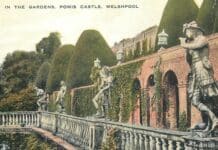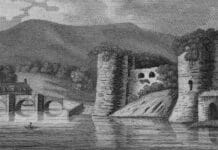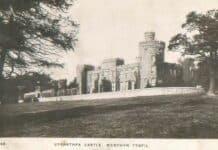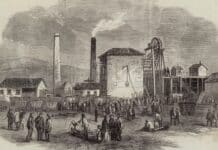In this St David’s Day Special, Jacob Milnestein looks how at the Welsh patron saint announces death with a dimming ball of light
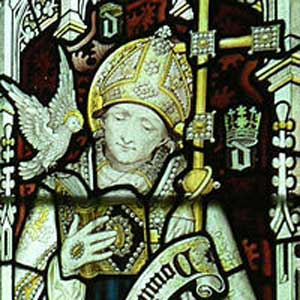
The dim flickering of candles, the flame extinguished by a fickle breeze, has become a commonplace metaphor for the brevity of human life.
The notion of what is colloquially known as a ‘corpse candle’ is one that was allegedly made official with the Welsh patron saint, David, whose feast day takes place on this first day of March. As grim as the title of such a thing may be, corpse candles were actually seen as a blessing for many people of the 6th century.
There has always been a great fear regarding the time of a person’s death with many superstitions present in cultures across the world regarding the importance of the last rites and burial. Often dire consequences are ascribed to the dead who go unattended – from the revival of the body as a vampire or zombie to the eternal chastisement of the soul in Hell.
To die alone and without warning placed everything a person was in jeopardy, body and spirit.
Such was the anxiety the people of St David’s parish felt at the idea of their loved ones perishing without their knowledge that the old bishop was asked to intercede with God and ask that some sign to be granted that death was imminent.
In answer to their prayers, St David returned from his prayers with the message that whenever a soul was about to perish in Wales, a sign would now be given in the shape of a dimming ball of light leading the way to the place of their demise.
Glimpsed not only before the homes of the dying, corpse candles were often seen on the roads that led to churches consecrated with the rite of burial – ever diminishing fires dimming along the path from the village and into the next world.
The presence of ghostly fire as an indication of the presence of the dead is a familiar theme in folklore across the world – from the Japanese hitodama, literally the light of the soul, to the misleading fire of mischievous foxes and our own Will-o’-the-Wisp – and as such this story may have been an explanation for the ghostly bioluminescence of fireflies and honey fungus, yet there is no doubt that the story is one that bestowed peace of mind to those who subscribed to it.
Whilst St David may not possess a canon of elaborate and intricate stories such as the ones of corresponding British patron saints such as St George and St Patrick, it is important to remember St David’s role as both an intercessor and a teacher.
To conclude on a somewhat unrelated note, due largely to his monastic practice of asceticism, St David is also remembered as the patron saint of vegetarianism. Therefore if the recent developments regarding large supermarket chains and the misleading supply of certain animal products for public consumption has caused concern about what is on the end of your fork – a true ‘Naked Lunch’ moment mentioned first by American author William S. Burroughs – then perhaps now may be a good time to follow the old saint’s progressive example.


